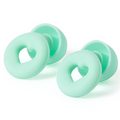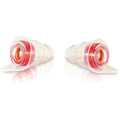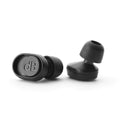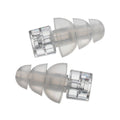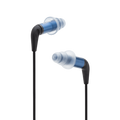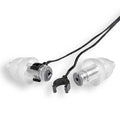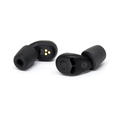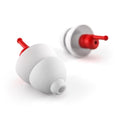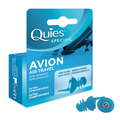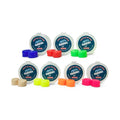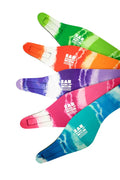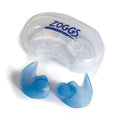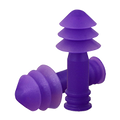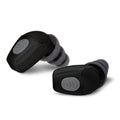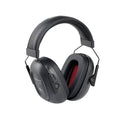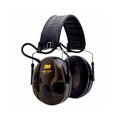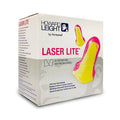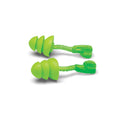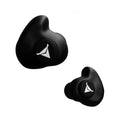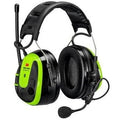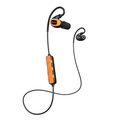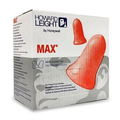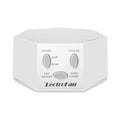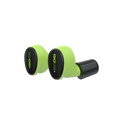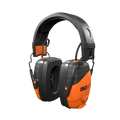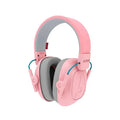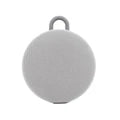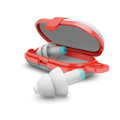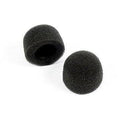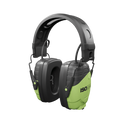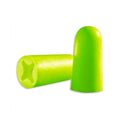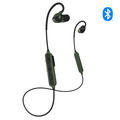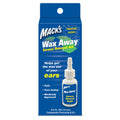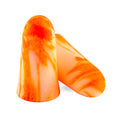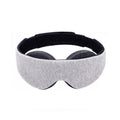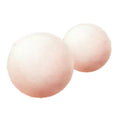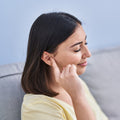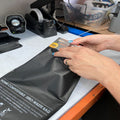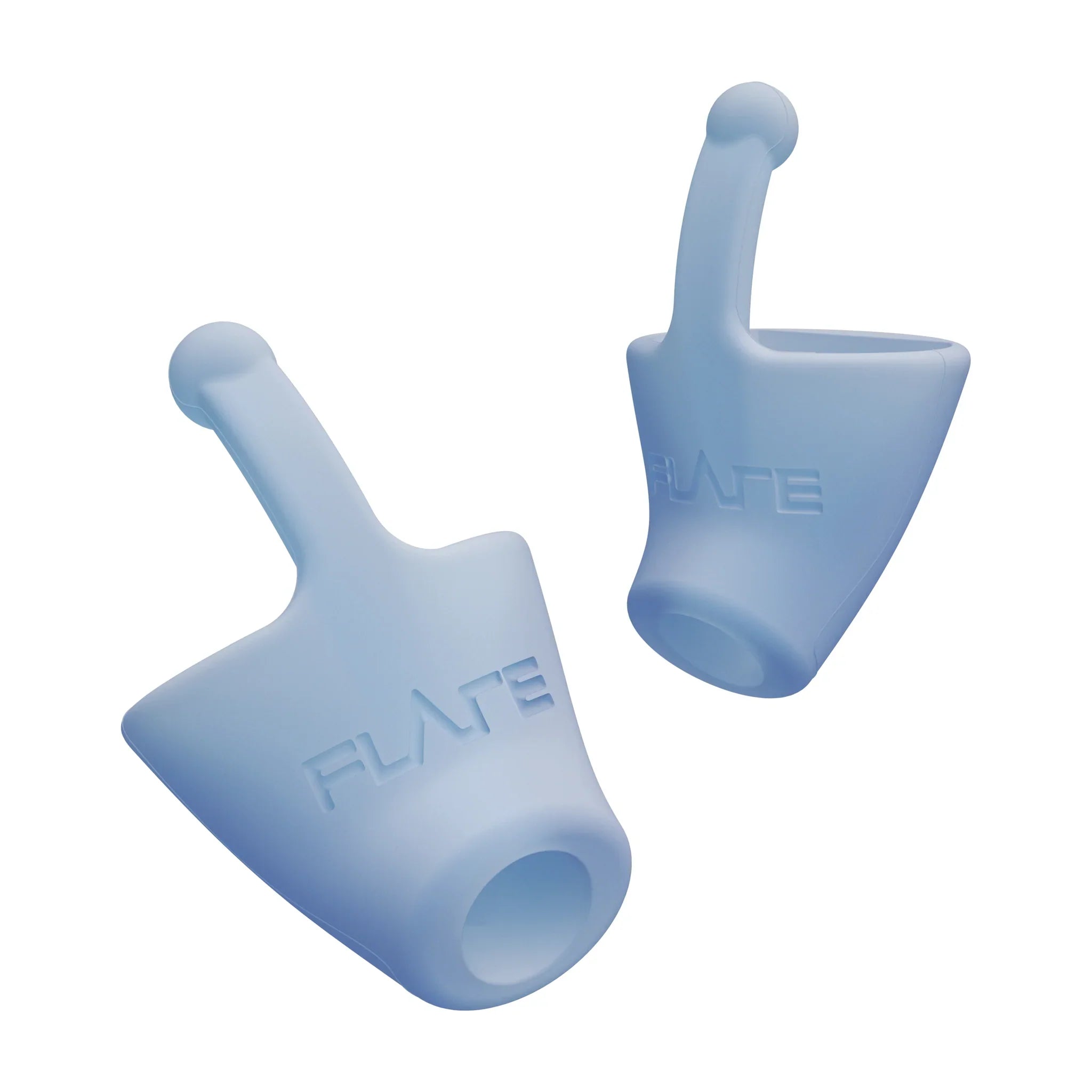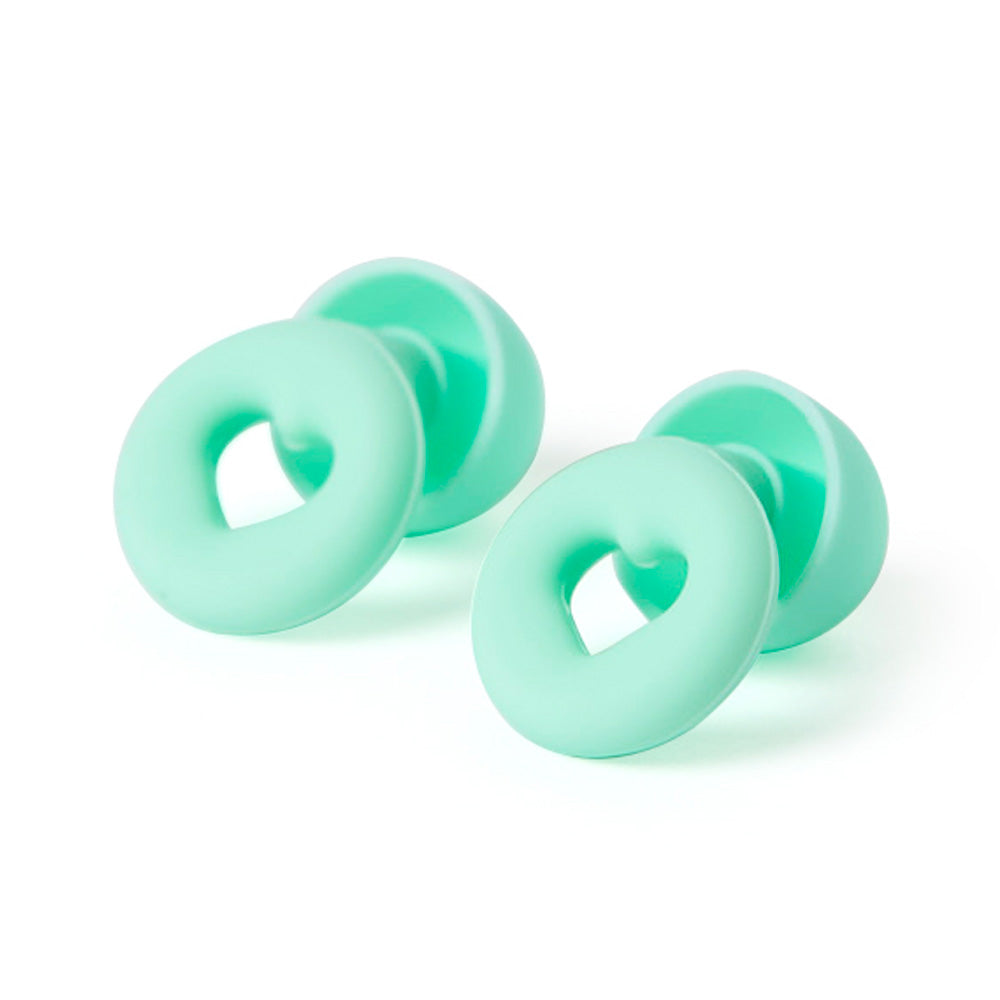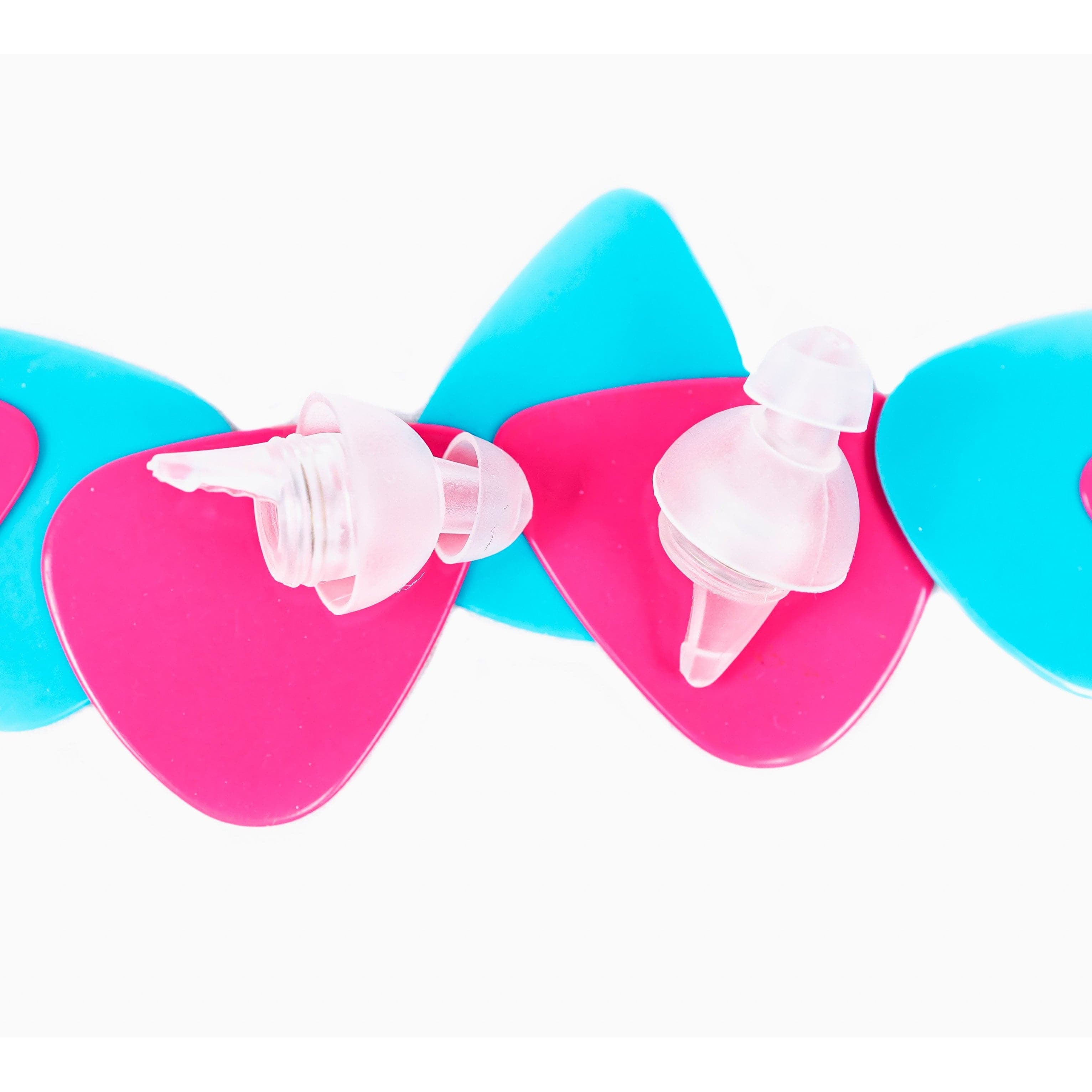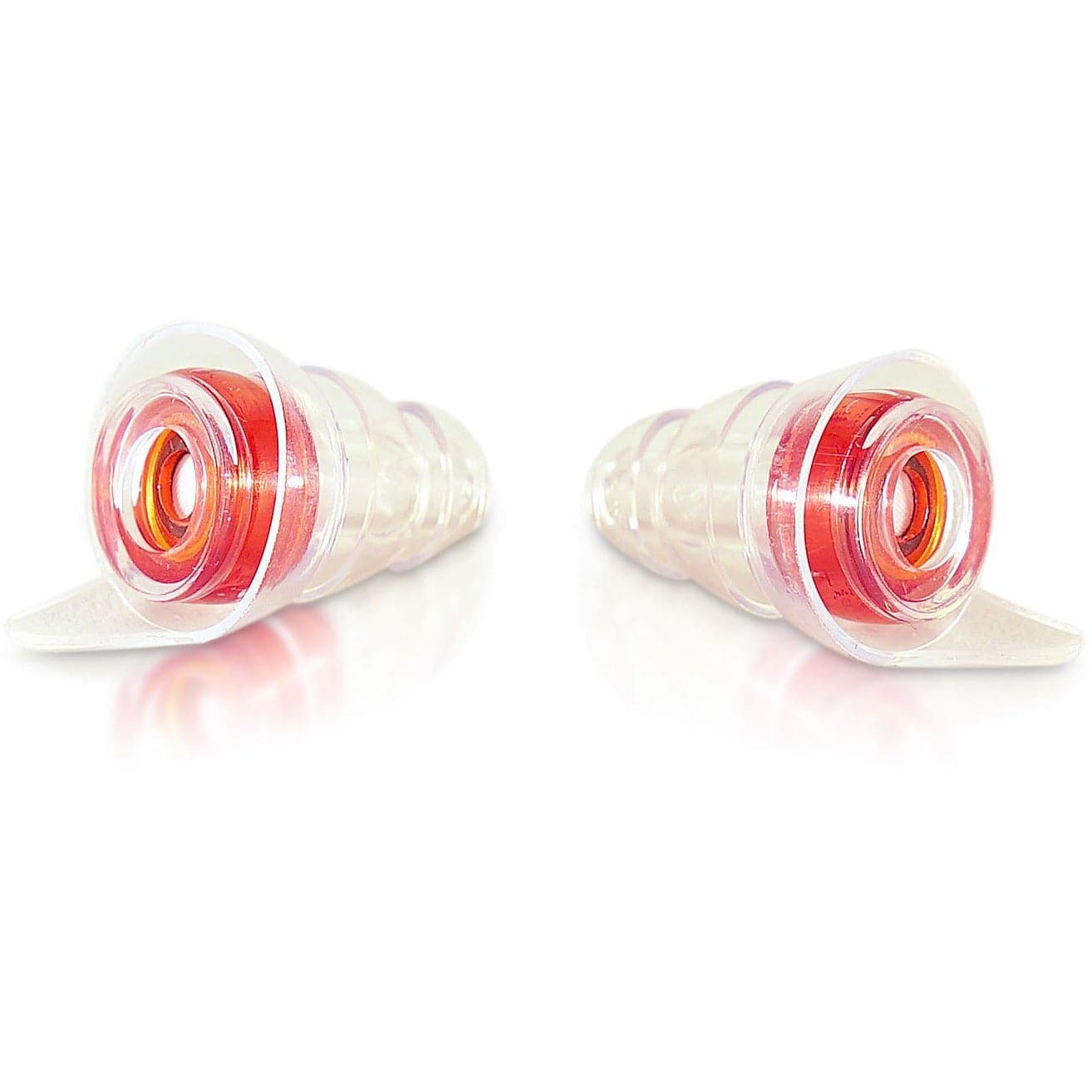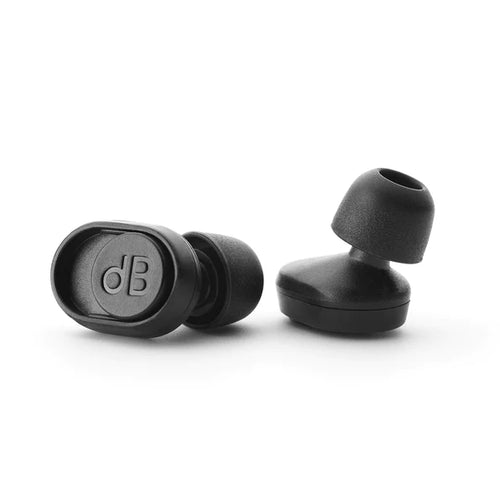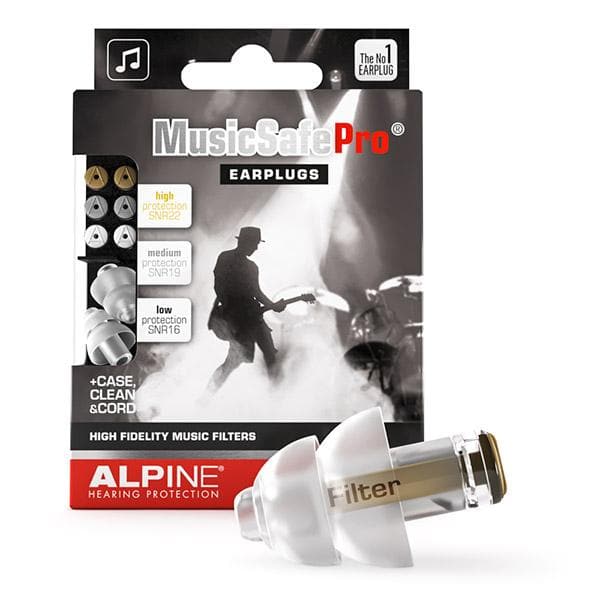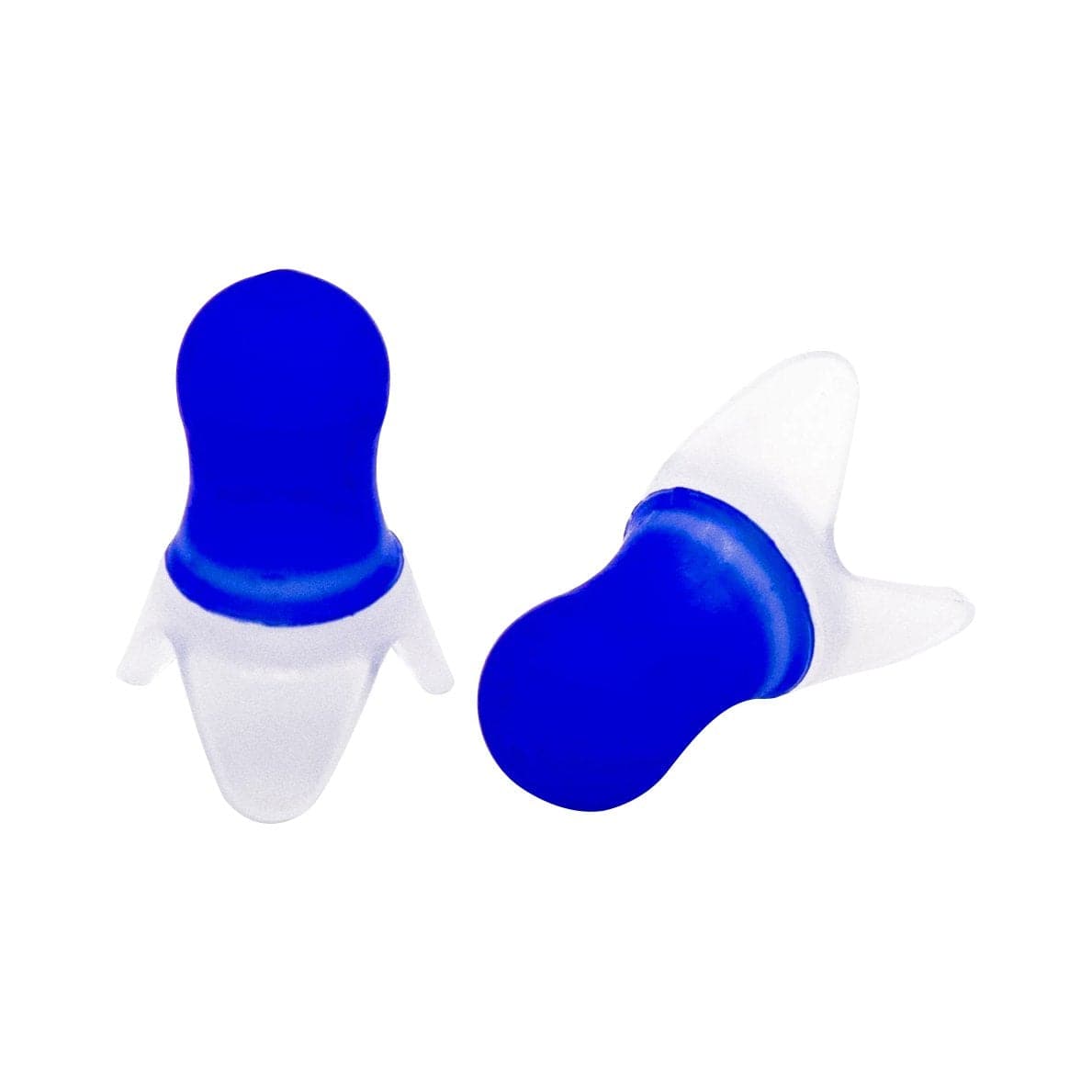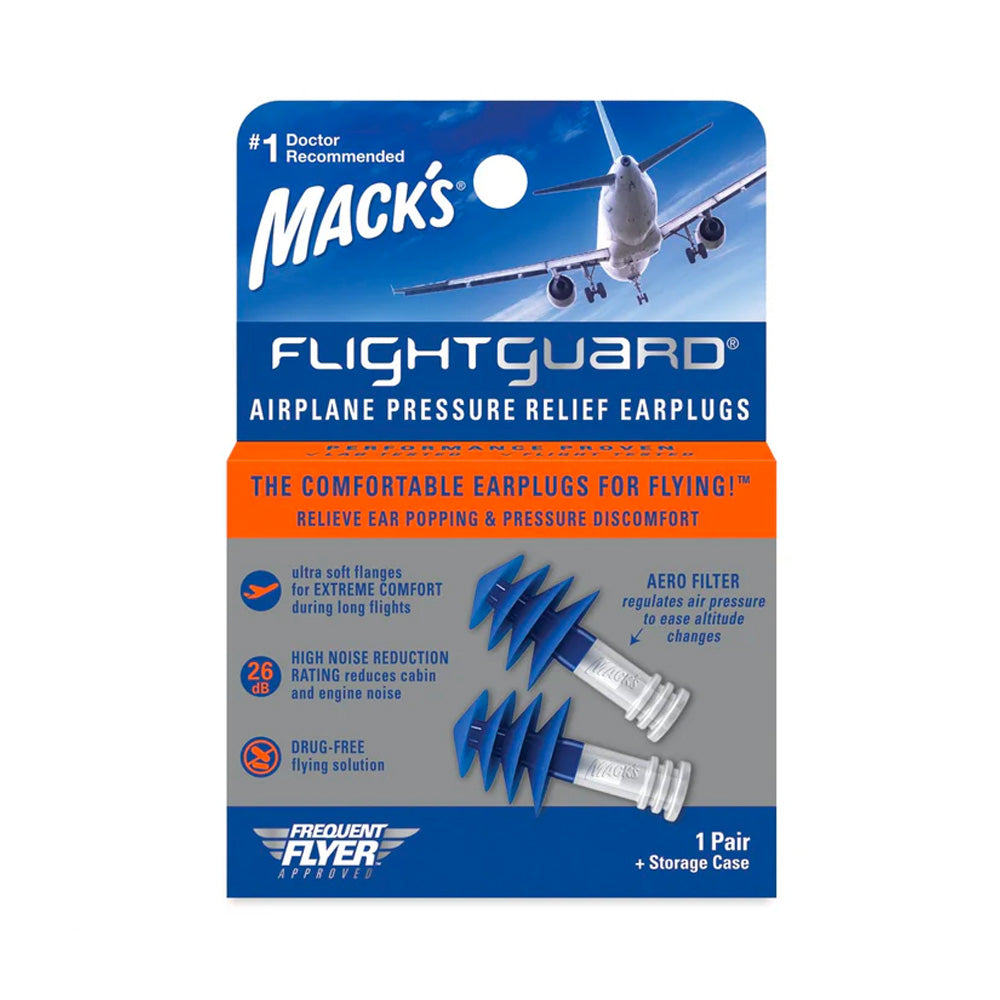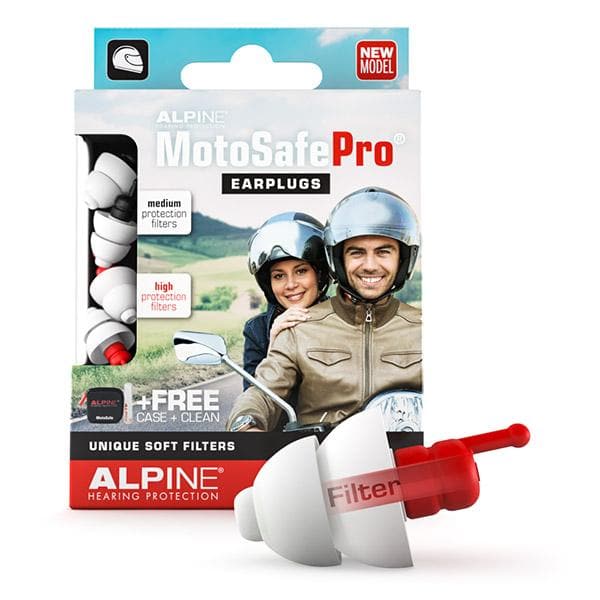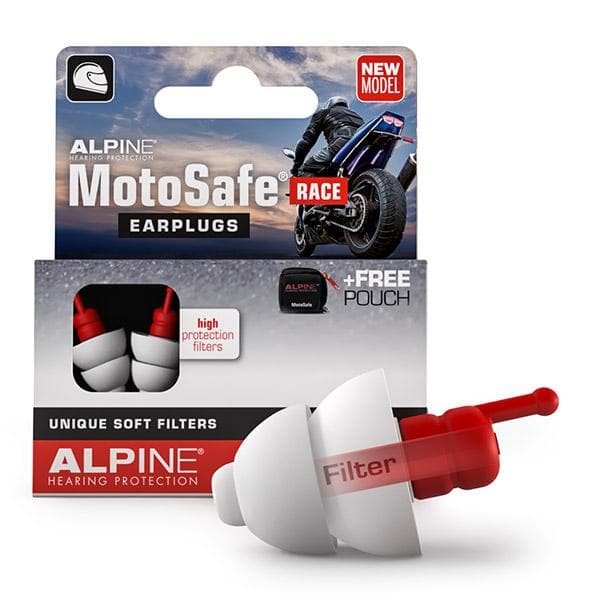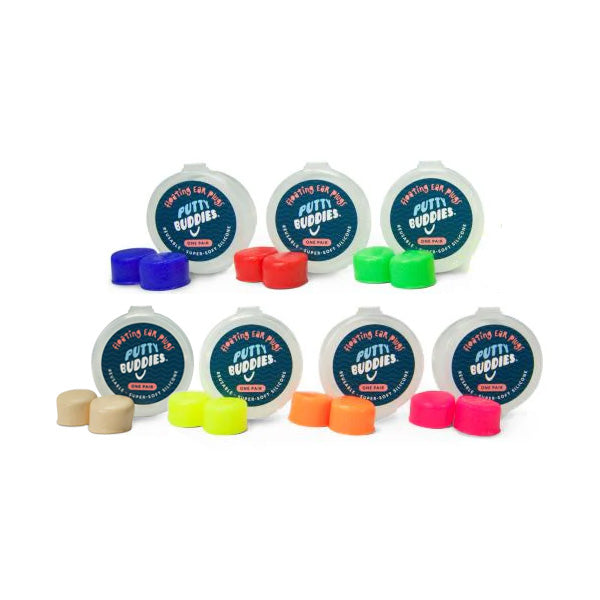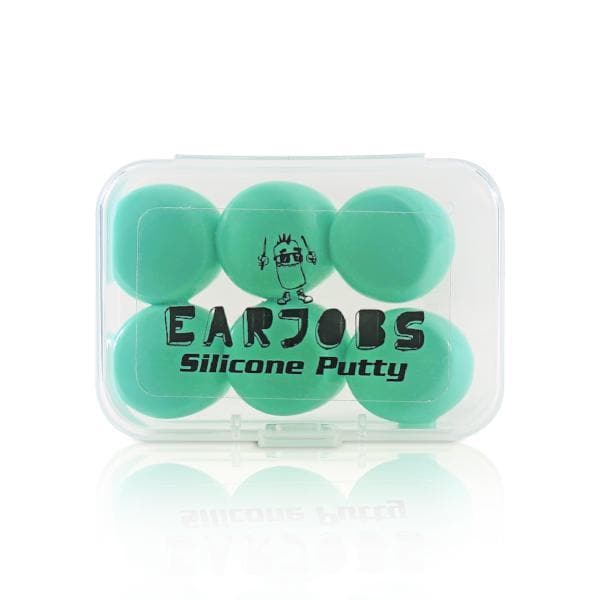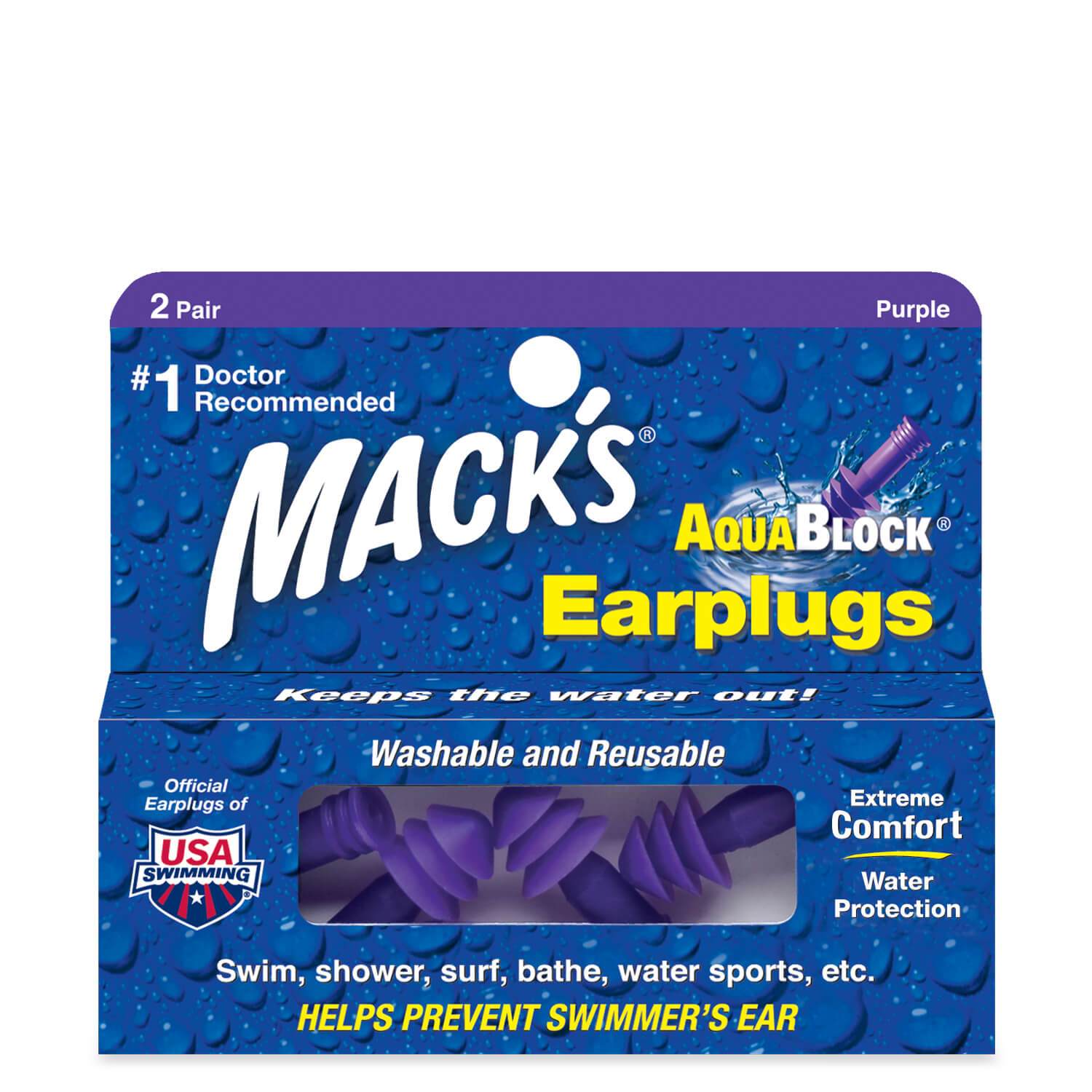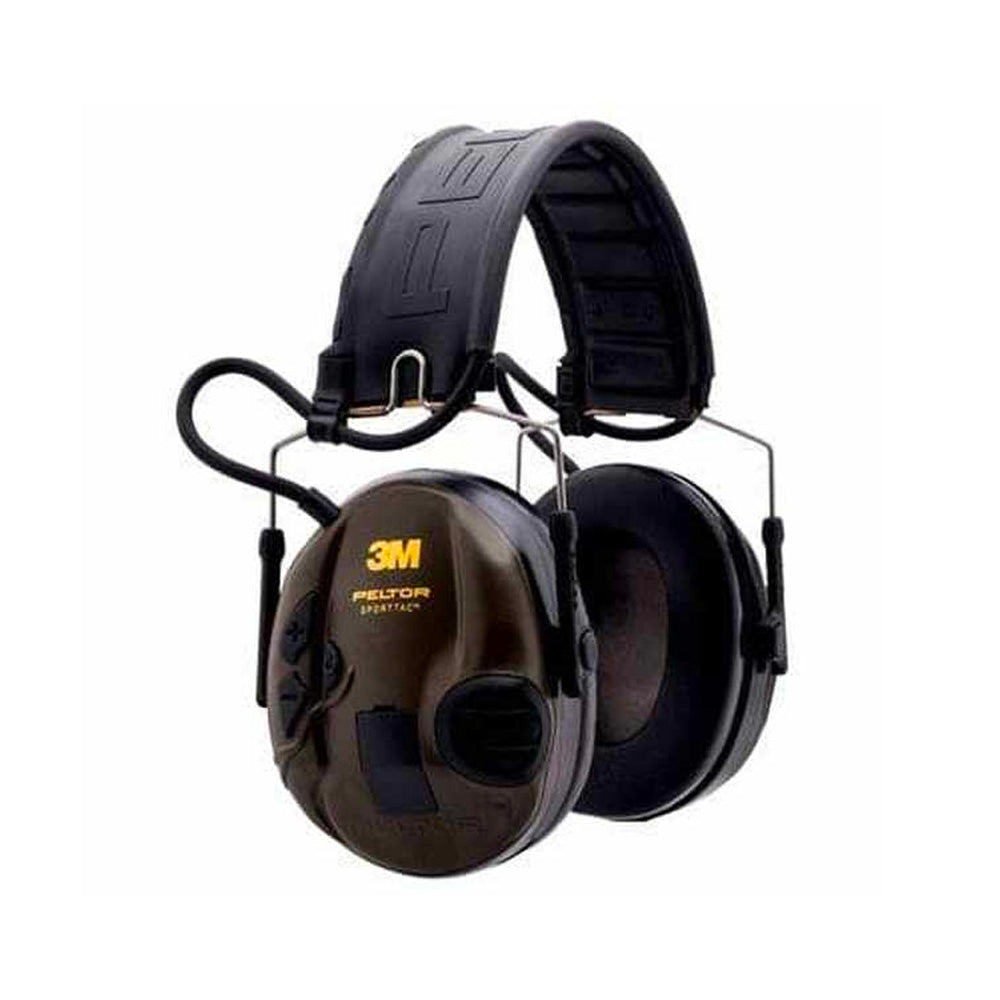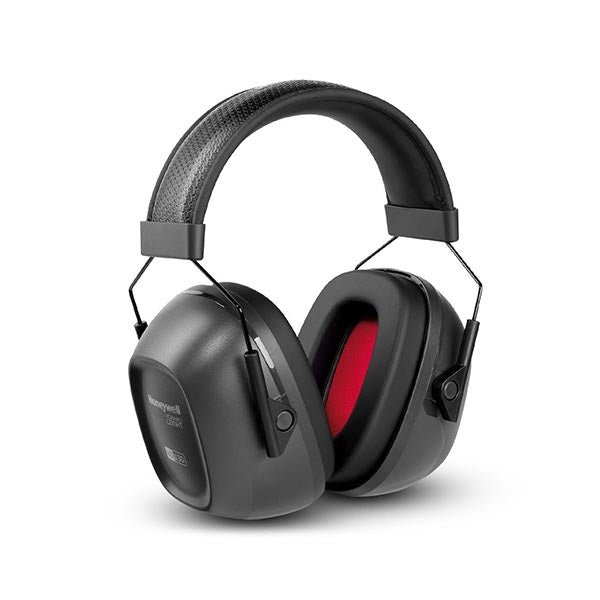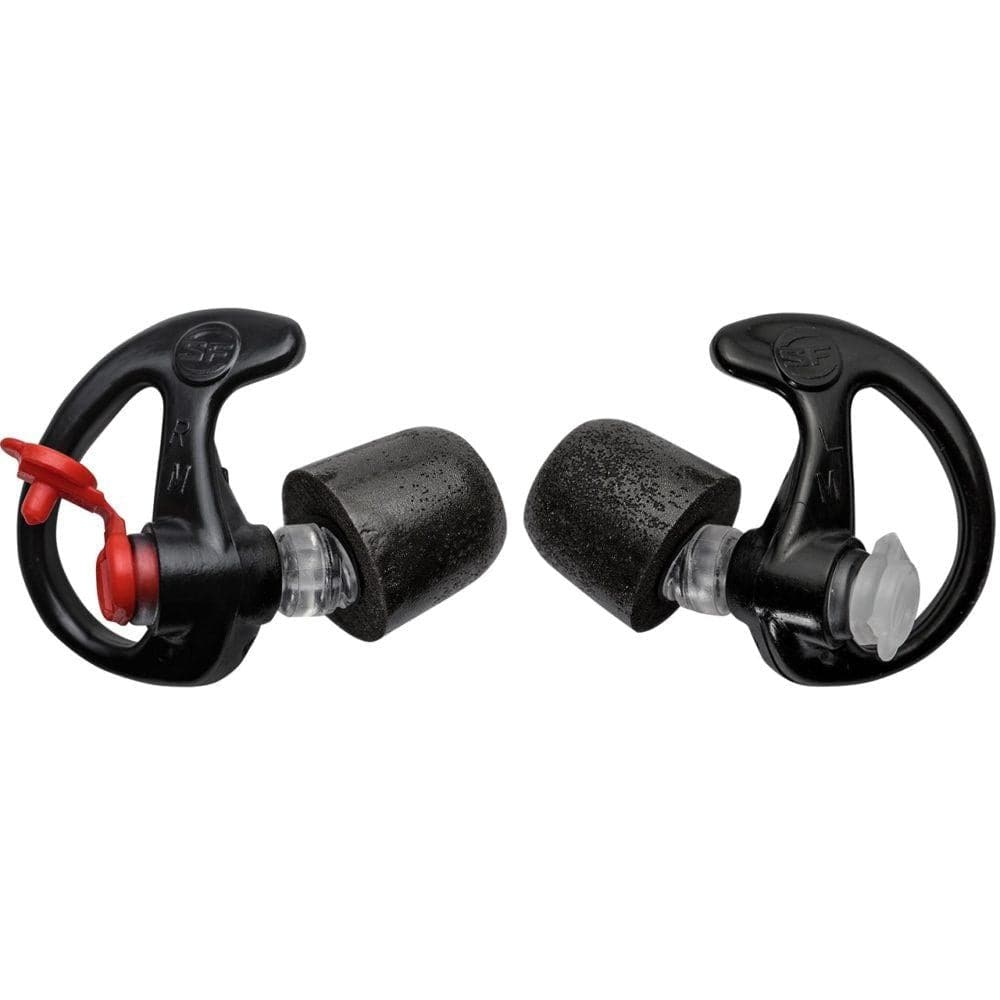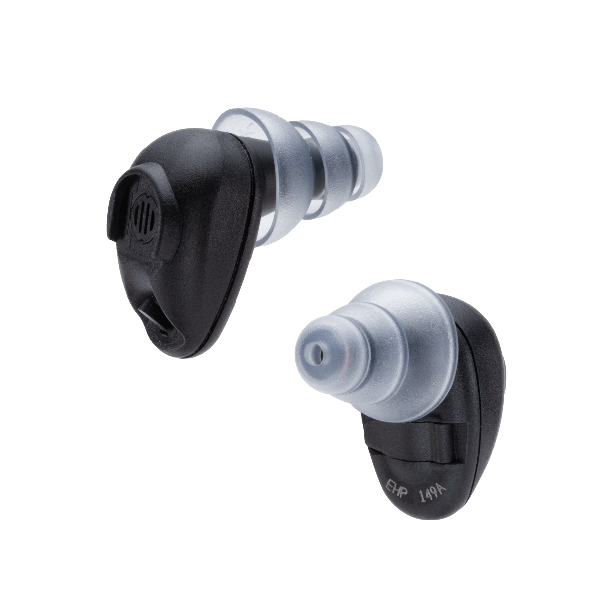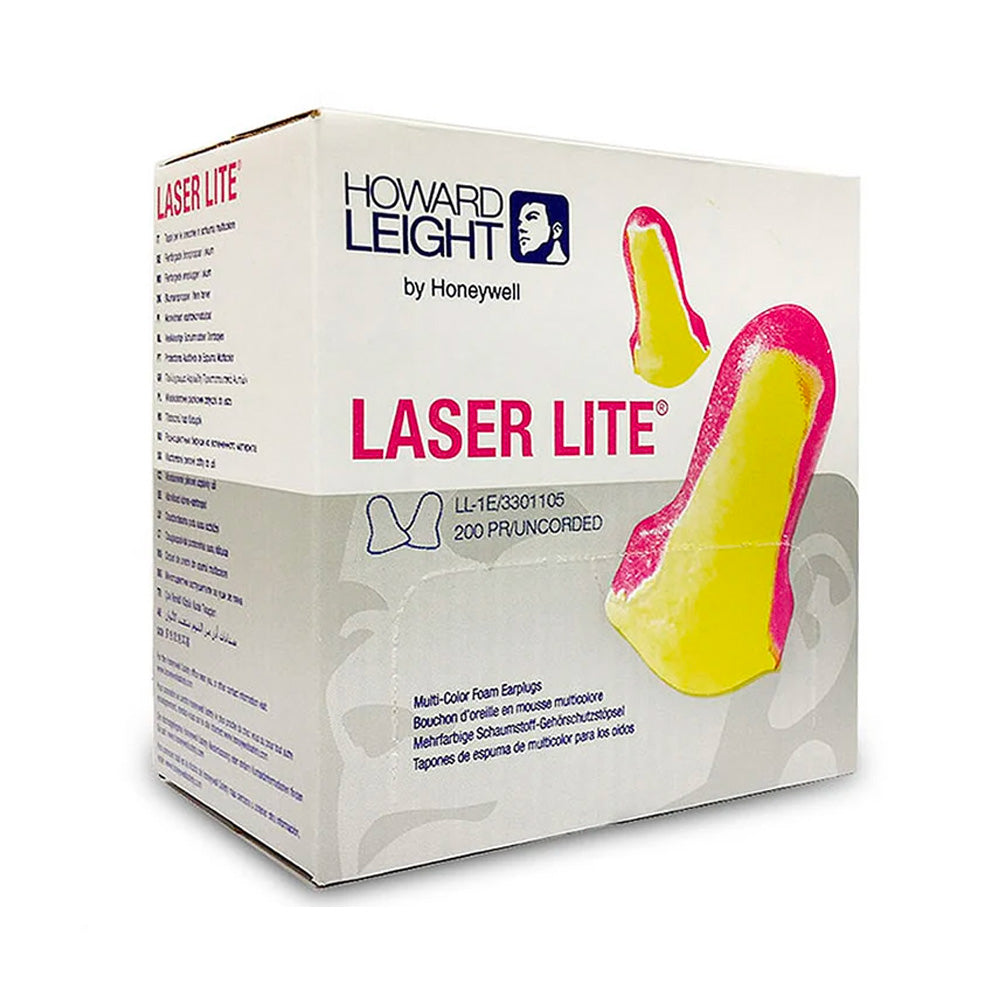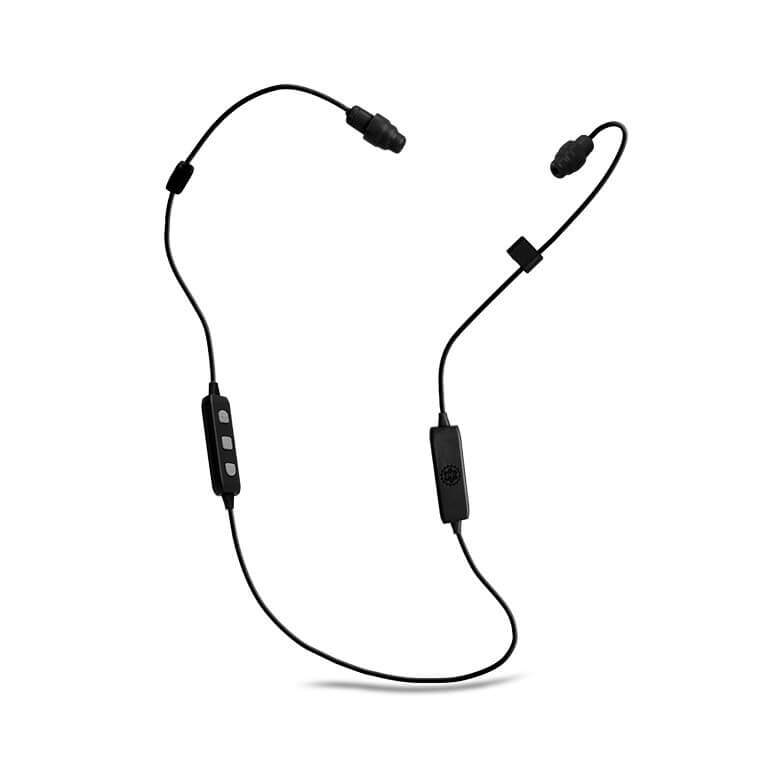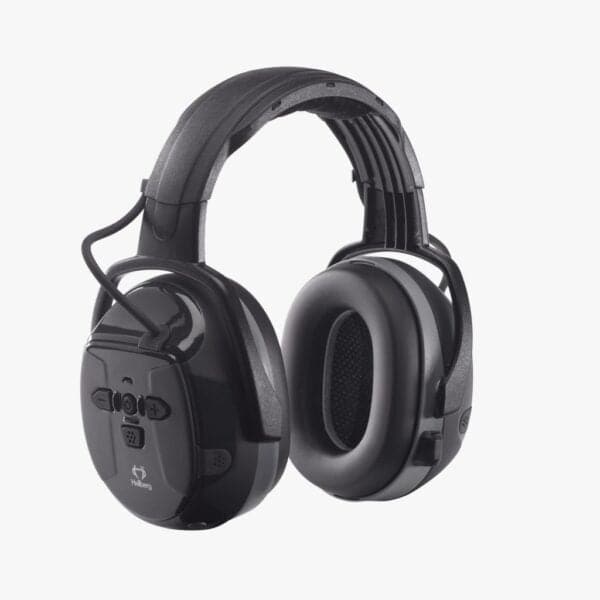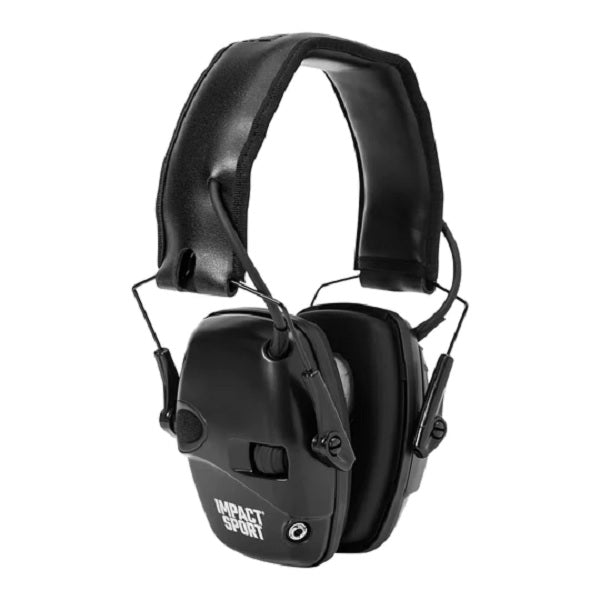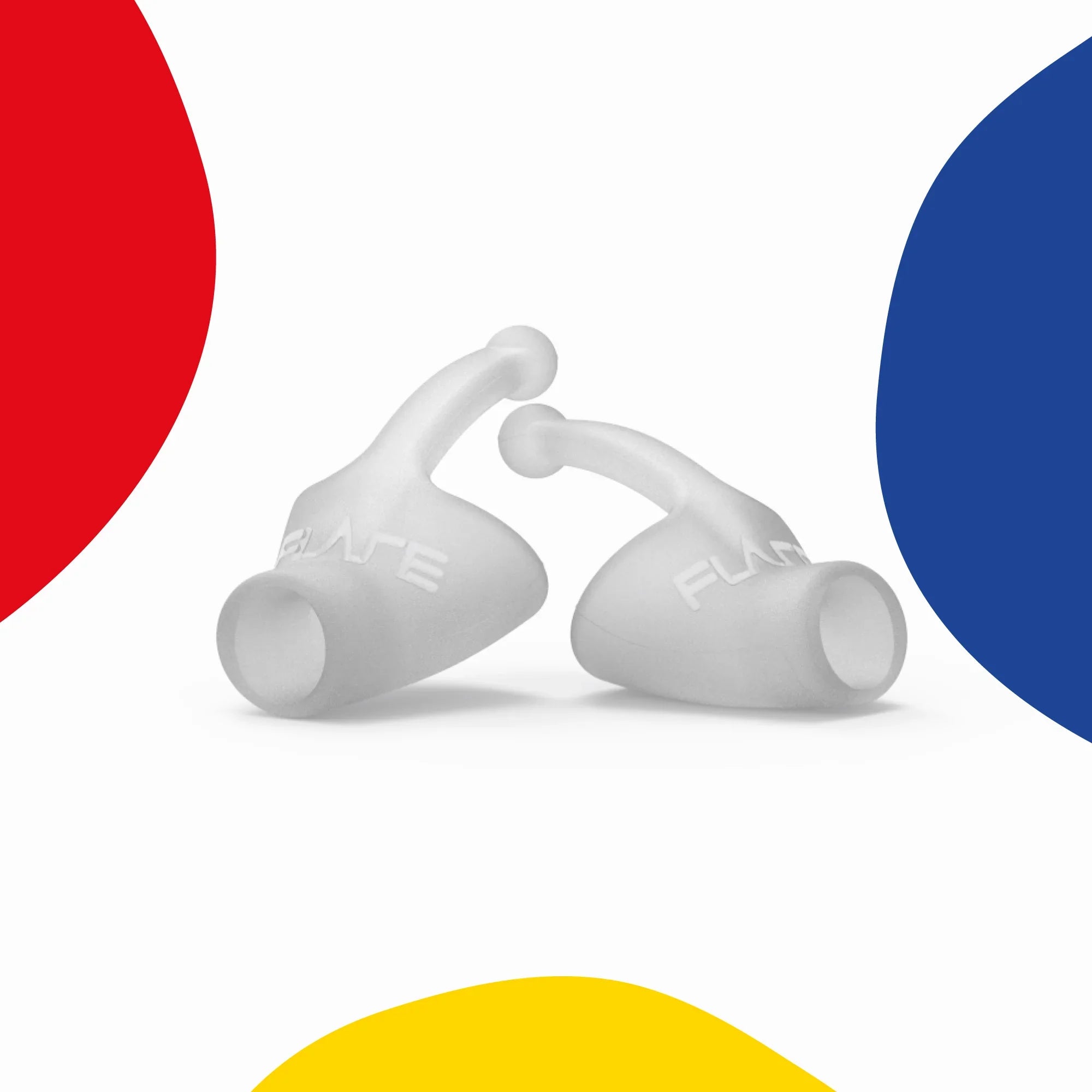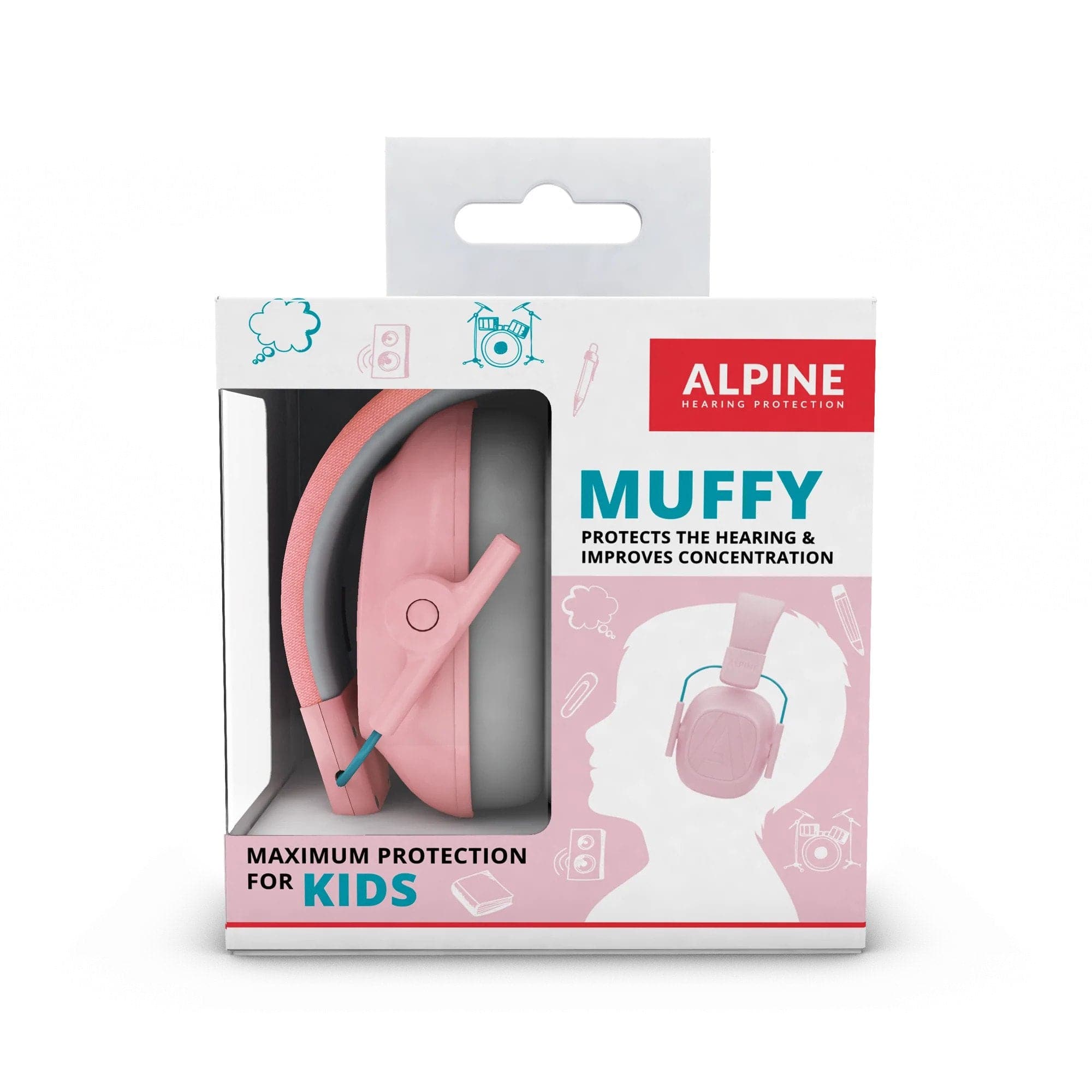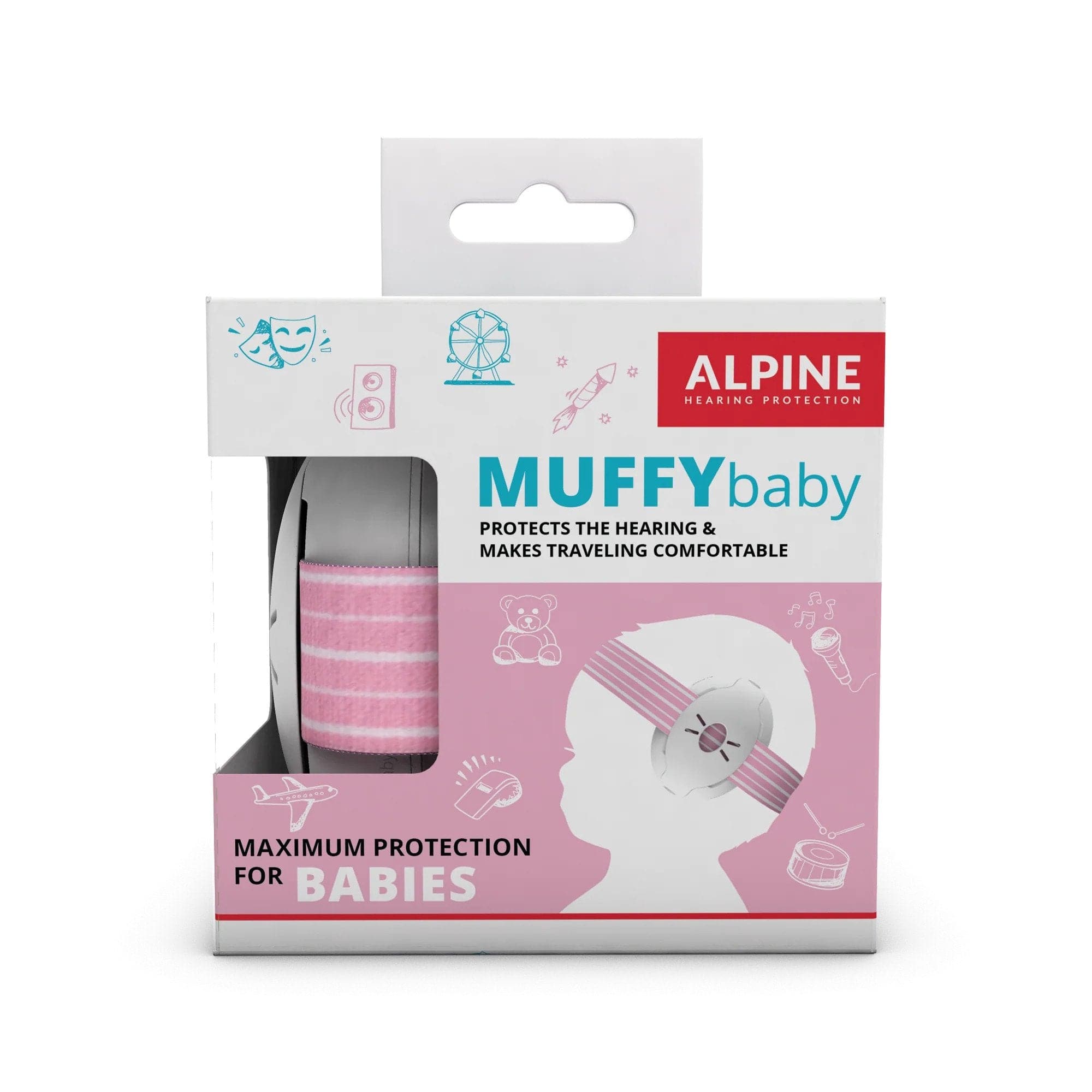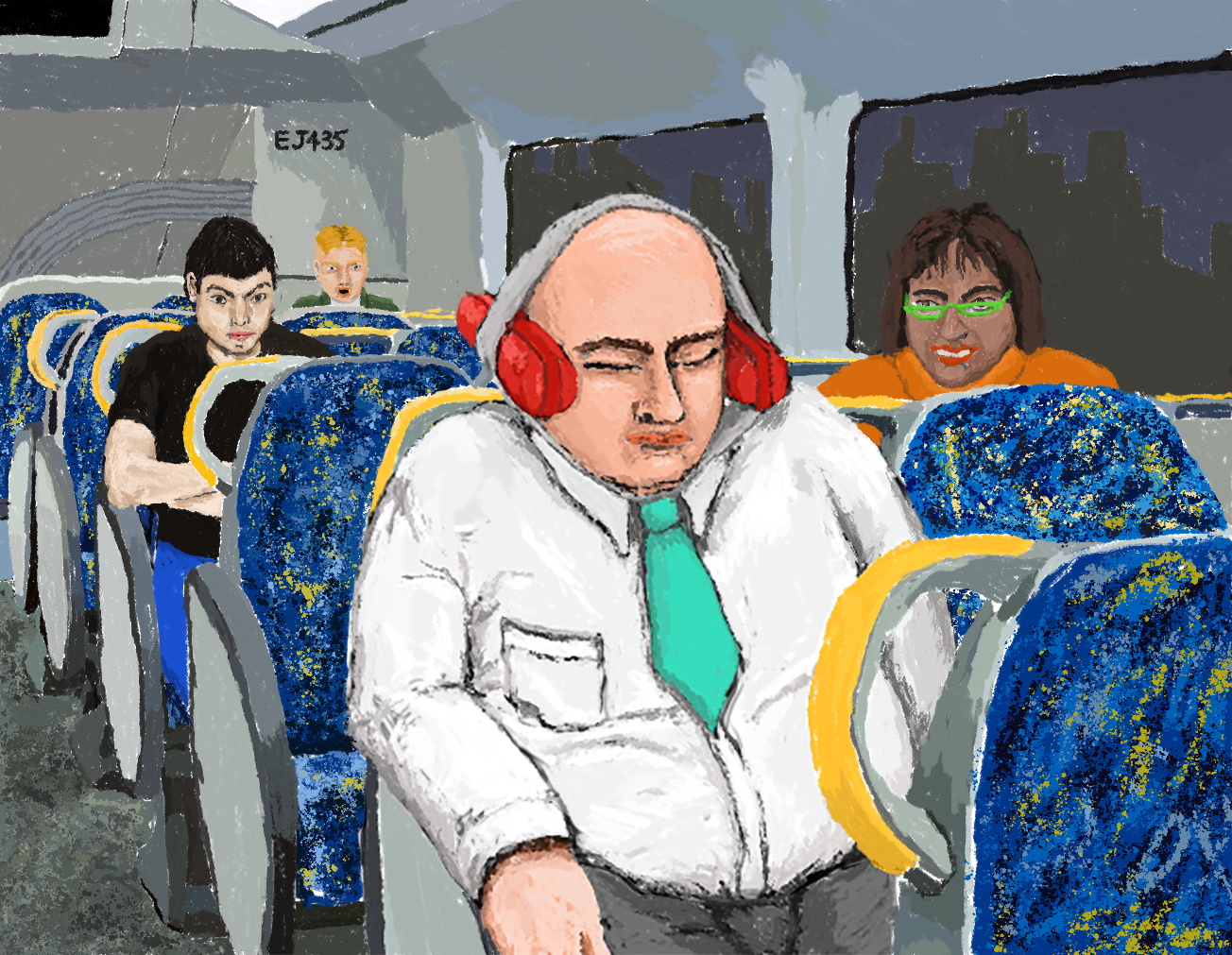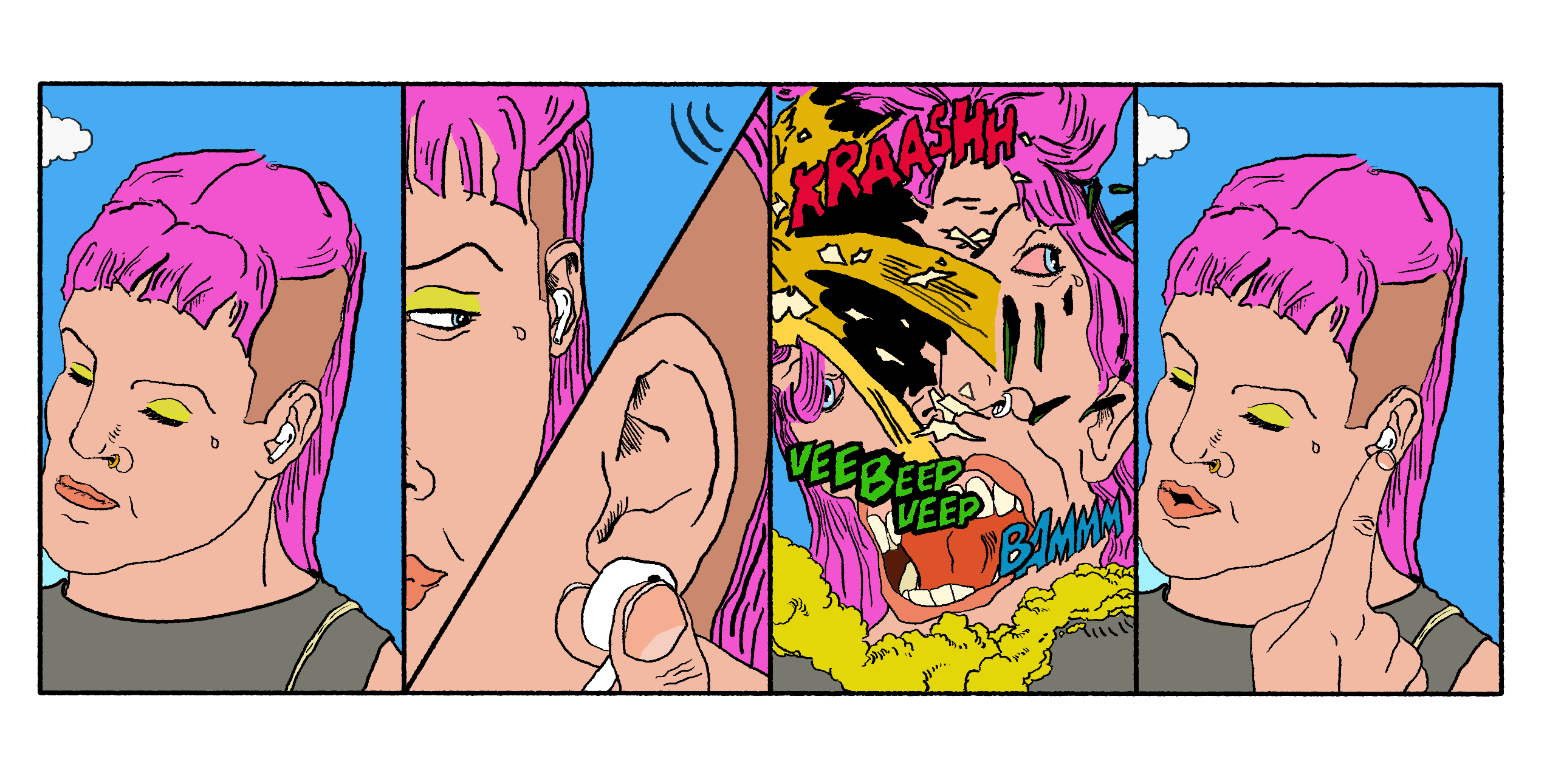According to the Australian Department of Health, about 3.6 MILLION Australians suffer from hearing loss, where 1.3 million (about a third) have a condition that could have been prevented. That’s to say, while many people will experience a natural reduction in hearing as they get older, or as a result of genetic or other conditions, a THIRD of all Australians with reduced hearing could have prevented their condition had they been more observant and better prepared.
That’s a crazy statistic to read, particularly because taking care of your ears is one of the cheapest things you can do. Unlike a trip to the dentist, a new pair of glasses, orthotics or a dermatologist, the fundamental requirements for protecting your ears are cheap, easily accessible, and flexible. What you use to protect your ears from gardening can also protect them while motorcycling, going to concerts, or playing in a band.
In this guide, we’ll outline four signs you may be experiencing hearing loss (and also discuss what to do next).
Sign 1) You need to listen to music or the television at a high volume to hear it comfortably.
One of the easiest ways to tell your hearing is degraded is to check how you consume music and TV. Just take a look at your smartphone, what’s the volume set to? If you find yourself consistently listening to music above 60% (yes, 60%) then you might be in the early stages of hearing loss. If you’re one of those people who has their iPhone blasting tunes at 100%, I have bad news: you either have hearing loss, or you’re causing it for yourself.
Okay, but that doesn’t mean you have to live a joyless, music-less existence. Often, we listen to music loud on our phones to drown out noises from other sources. It’s natural to play your music louder on a noisy bus or train, or if we’re competing with traffic noises. Instead of turning the music up, try and find a way to better isolate your ears, allowing you to hear music crisply and cleanly at a safe volume. One obvious solution is through active noise cancelling earphones, these revolutionary new devices identify and filter out external noise, allowing you to hear clearly in even noisy settings. For a cheaper alternative, the Plugfones Guardian uses ordinary noise blocking foam and silicone tips to block out external sounds. This means you’re able to hear your music clearly at a lower volume without sacrificing quality.
One other helpful thing you can do is monitor your noise exposure. The latest software on the iPhone include a Hearing section of the Health App, which tracks how loud your music exposure has been over the last week. This handy tool tracks the decibel exposure and tells you whether or not you’re at risk of causing hearing damage — it’s not a perfect tool, of course, but keeping your exposure in the 50-60 decibel range should be the goal. As for the television, one alternative to blasting it loudly is to try closed captioning or even to use a bluetooth headphone, allowing you to hear it clearly without aggravating damage that has already been caused.
Sign 2) You’re struggling to hear in noisy places.
Hearing damage is most noticeable in noisy contexts: a loud restaurant, the pub, or even just the local shopping centre. If you find that you’re struggling to differentiate between the noise of these rooms and the conversation you’re trying to have with those around you, it’s important that you get a hearing test. Specsavers offer a free fifteen minute test that can examine whether there are signs of hearing damage that need further investigation. A short test like this is not going to comprehensively identify all damage to the ear, but it will give you a helpful overall sense of where your ears are at.
Ironically, hearing damage is sometimes accompanied by a new feeling of discomfort or pain when you’re in a noisy place. We hear all the time of people looking for a plug to take the edge off when they go to the shops, the MusicMate is a great starting point here. It’s a medium strength musician’s ear plug, so it’s going to block out a decent amount of sound, while still leaving you aware of your surroundings and capable of conversation. A lot of our non-musician customers use them as a way of just lowering the volume of the outside world, if you’re feeling discomfort or pain in loud places a simple reusable plug like this is a good place to start.
Sign 3) You find it hard to understand someone if they’re not facing you.
The human brain is an incredible thing. Your body will realise your ears are damaged before you do, and come up with new strategies to cope and adapt. In this case, many of us are adept lip-readers without even realising it! We supplement our ears with our eyes, using the information we can read on a person’s face to work out what they’re saying. Foolproof right? The only issue is, we’re not always facing the person we’re speaking to (and in the era of dodgy Zoom calls, we’re losing a lot of that visual information). If you find yourself understanding less when you’re not actively looking at the person you’re speaking with, you may have hearing loss.
The starting point, as with the above, is a free hearing check. Once you’ve assessed the degree of the damage, it may be necessary to consult an audiologist to see whether you need further support in terms of hearing aids. Importantly, however, at this stage something must change to preserve your hearing and prevent further damage. At a minimum, ensure you’re wearing a cheap but strong (Class 5) set of earmuffs whenever you’re exposing yourself to loud noises (the lawnmower, any power tools, or even if you just live in the vicinity of loud construction or streetwork). The X4A are a really great solution, they’re lightweight, comfortable and STRONG. A Class 5, they’re rated to block over 30 decibels of ambient noise, sufficient to transform that brain-rattling ride-on lawnmower into something perfectly appropriate for your ears.
Sign 4) You’re starting to hear a persistent ringing or buzzing in your ears.
Back in the day, you’d know you’d been to a great concert if you came out with ears buzzing for weeks. This mark of pride however is the sign of ears in distress. The worst possible outcome, tinnitus, is a persistent buzzing or ringing in the ears that can continue, twenty four hours a day, forever. It’s a real assault on quality of life and, while its causes are as of yet unclear, it’s absolutely associated with stress and exposure to loud noises.
If you’ve found that you’re beginning to hear a ringing in your ears, with no identifiable cause, it’s important to stop and take stock of everything you do to try and find the source of hearing damage. How loud do you listen to music? Do you use power tools? Is your workplace noisy and are you adequately protected? Sometimes it can be as simple as a loud engine noise you’re constantly exposed to, a noisy construction site nearby, or a poorly fitted set of earplugs when you’re gardening.
Once you’ve compiled your ‘hearing diary’, it’s important to look critically at how you’ve been using your ears. If you already wear hearing protection, it may be a sign that the noises you’re exposed to are too loud for your plugs or muffs. There are a variety of free apps that can turn your smartphone into a portable sound meter, which can help you assess how loud your lawnmower really is. We like Decibel X, but there’s a whole set of options here.
Conclusion
One third of all hearing loss is preventable. Often, very minor adjustments are sufficient to keep your ears healthy for decades. As hearing and music technology improves, noise isolating earphones (or even just ear-tips rated for hearing protection) make it possible to listen to music at a lower volume without impacting quality of experience. Similarly, your phone has the technology to assess how loud an environment is and to track how much noise you’ve been exposed to. If you’re finding your ears are causing your trouble, don’t delay: book into an audiologist through your GP and take steps to keep your ears safe.

